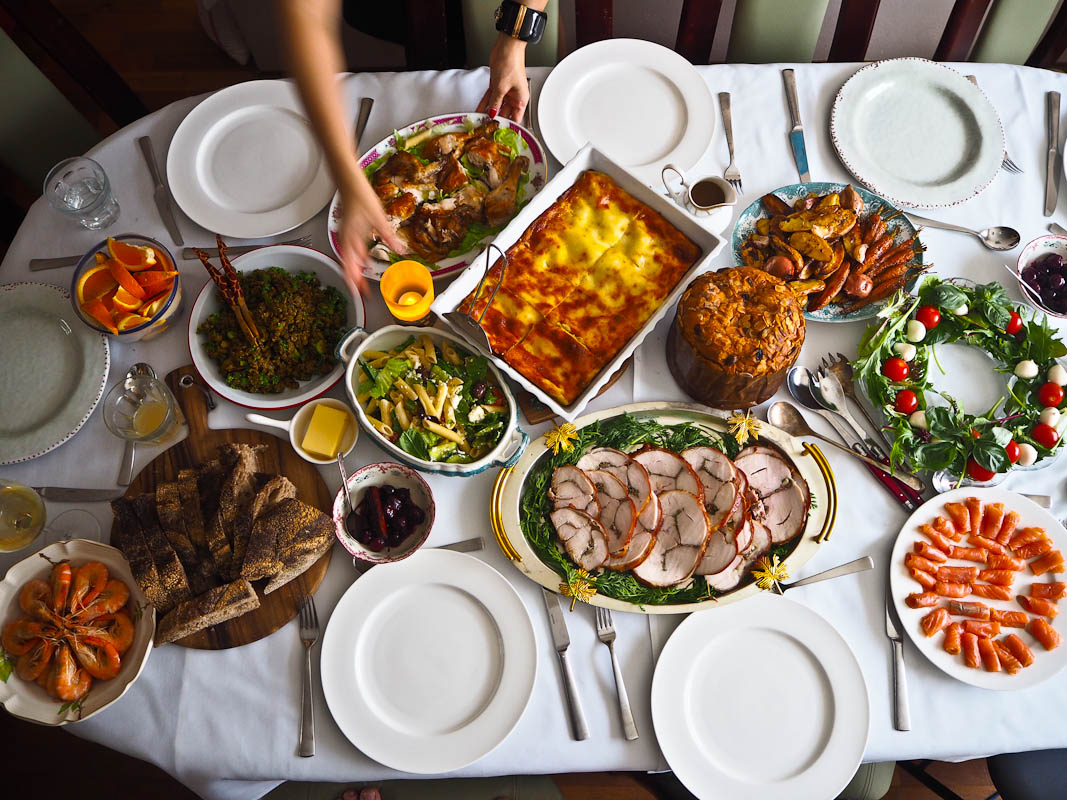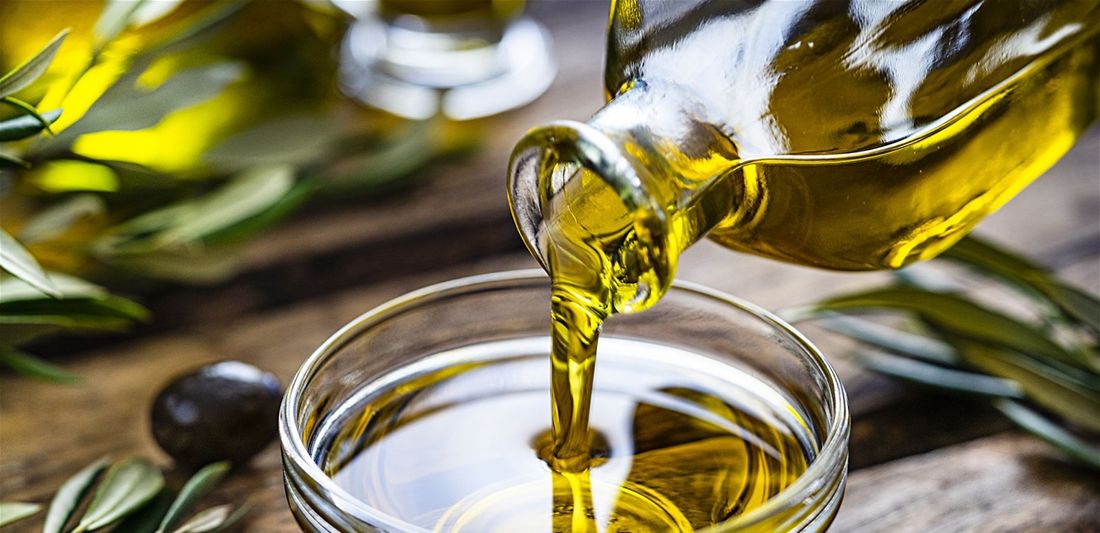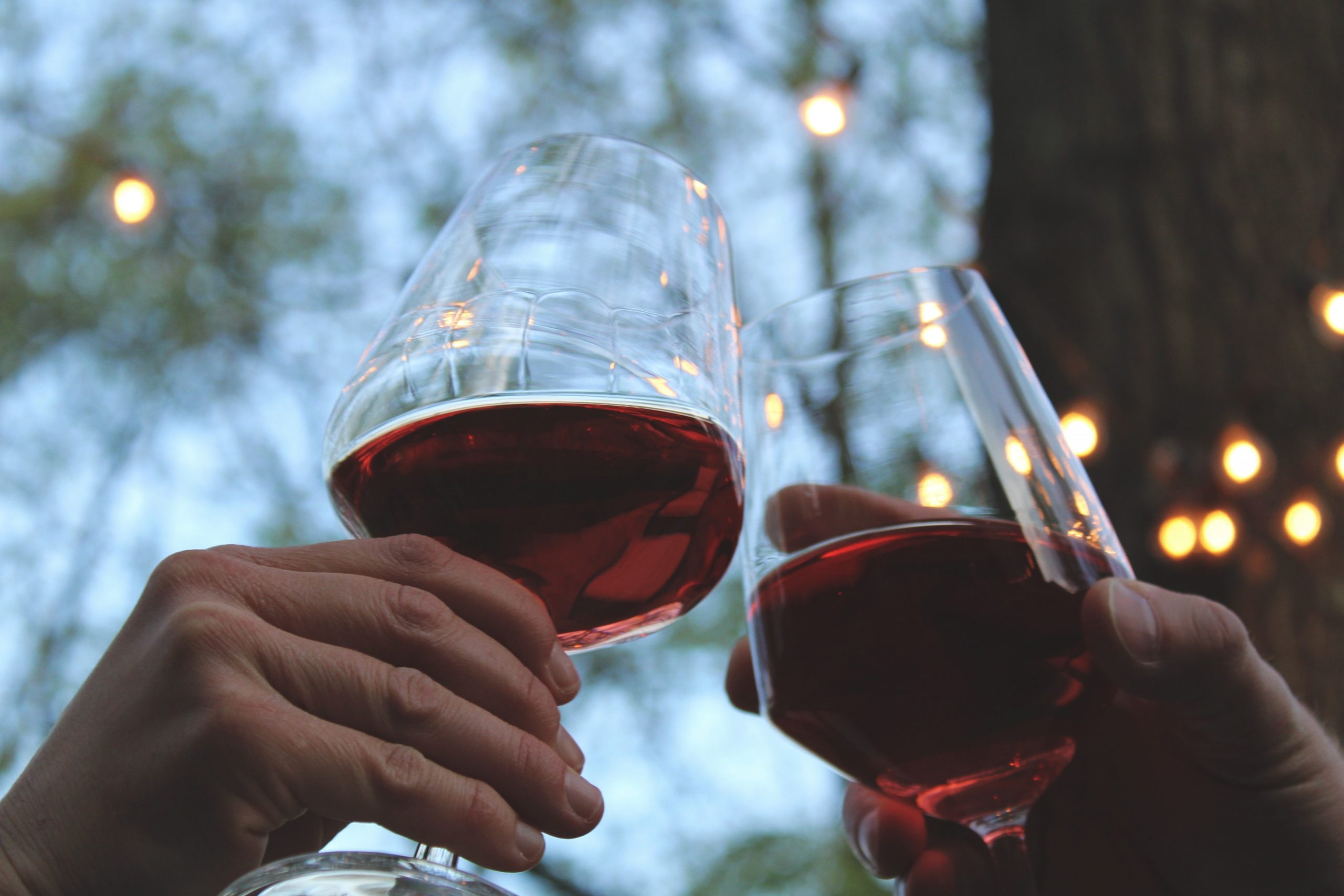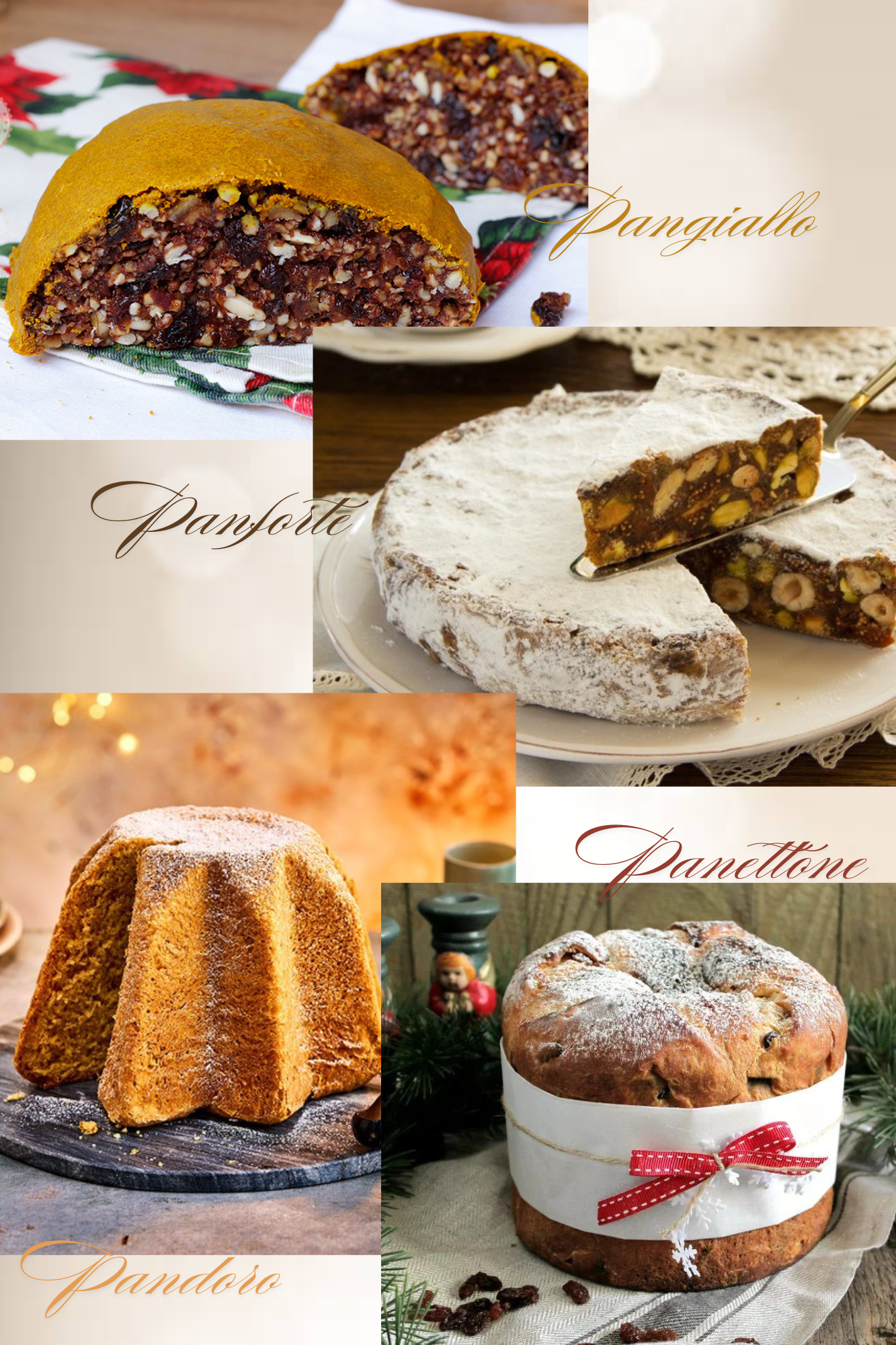Italy’s festive spirit is best experienced at the table, where tradition, love, and exceptional cuisine come together. Tuscany, with its rich culinary heritage and a deep connection to family traditions, shines particularly bright during Christmas.
How does a typical Italian festive lunch look like?
Christmas dinner in Tuscany is a heartfelt celebration of tradition, family, and local flavors, and Florence provides the perfect backdrop for this festive feast. The table is typically adorned with rustic, seasonal dishes that showcase Tuscany’s culinary heritage.
Antipasti might include crostini with chicken liver pâté and some cold cuts. The first course often features handmade pasta such as tortellini in brodo (pasta in broth) or pappardelle al cinghiale (wild boar ragù). The main course might be a succulent roast, like arista di maiale (pork loin with rosemary), paired with roasted potatoes and sautéed greens. The menu is accompanied by some special cakes and biscuits.
Olive Oil: The Heart of Every Italian Dish
Christmas coincides with the end of the olive harvest season in Italy, when fresh new olive oil is celebrated. The beloved olive oil is a key ingredient in many traditional Italian Christmas dishes, adding flavor, richness, and authenticity to the meals. For many families, it symbolizes abundance and gratitude, reflecting the Mediterranean spirit of the holiday. That’s why gifting high-quality olive oil has become a cherished Christmas tradition, representing care, health, and prosperity, making it a meaningful present.
Enjoying Chianti Red Wine During the Holidays!
In Tuscany, Christmas meals are perfectly complemented by the region’s renowned wines, such as Chianti or Vin Santo, which help toast the holiday spirit in true Florentine style.
Aperitivo, a cherished pre-dinner ritual in Italy, sets the stage for the festive feast, often featuring a bitter-flavored drink like Aperol or Campari.
During Christmas, however, Italians indulge in vin brulè, or mulled wine, a warm, spiced red wine drink that’s particularly popular at Christmas markets.
The celebrations continue with a glass of Asti Spumante, a sparkling wine that is often enjoyed with a slice of panettone or pandoro.
From Panettone to Panforte: Savor the Sweet Delights of Christmas
Italy is famous for its diverse selection of Christmas sweets, many of which are referred to as breads. Each region offers its own unique festive treat, you can find Panettone, Pandoro, Panforte or Pangiallo. Let’s review the differences between them!
One of the most famous one is Panettone, Milan’s signature dome-shaped sweet bread, it is studded with raisins and citrus peel and requires days of preparation. The slightly similar Pandoro from Verona is a star-shaped cake dusted with powdered sugar, symbolizing the snowy Alps. Panforte, a dense fruitcake from Siena, is flavored with honey, cloves, and cinnamon, tracing its roots back to Crusader times.
Finally, Pangiallo from Rome is a golden bread filled with nuts, raisins, and spices, with ancient pagan origins linked to the winter solstice. Each of these sweets has its own story to tell, making Italian Christmas desserts a wonderfully varied and integral part of holiday traditions.
If you want to try another kind of sweet treat Ricciarelli and Cavallucci are tasty traditional Italian Christmas biscuits. Ricciarelli is a soft almond cookie from Siena and Cavallucci is spiced, nutty treat originating in Tuscany. Both are cherished for their festive flavors and holiday significance.
The magic of Christmas in Italy isn’t just about the food—it’s about the memories created and shared around the table. Each bite of panettone or sip of Chianti embodies centuries of tradition, offering a delicious reminder of Italy’s love for celebrating life through its culinary arts. Visit this enchanting region to experience the magic!





Recent Comments